Straight lines in nature
inkognito
15 years ago
Related Stories

DECORATING GUIDESReflect Nature's Lines for Inspired Interior Design
Nature may be the ultimate designer — just follow its lead on forms and lines for rooms that effortlessly grow in beauty
Full Story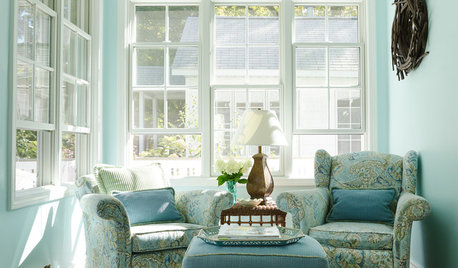
LIVING ROOMSNew This Week: 3 Sunrooms Straight Out of Our Dreams
Heated floors, comfy furniture and walls of windows make these recently uploaded sunrooms the places of our sun-drenched fantasies
Full Story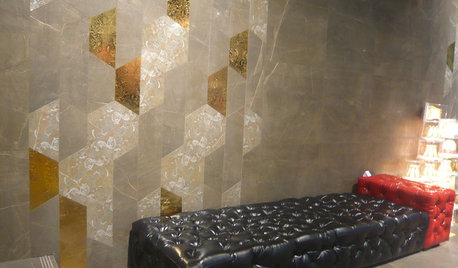
REMODELING GUIDESStraight From Spain: Amazing New Trends in Tile
Innovative Shapes, Patterns, and Textures Take Tile Beyond Kitchen and Bath
Full Story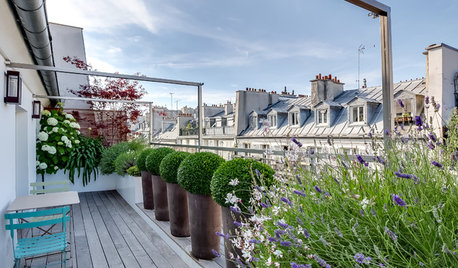
GARDENING AND LANDSCAPINGWorld of Design: 11 Balconies Straight Out of a Postcard
Pull up a chair and discover how people in Spain, Japan, Russia, Britain and elsewhere use and love their private lookouts
Full Story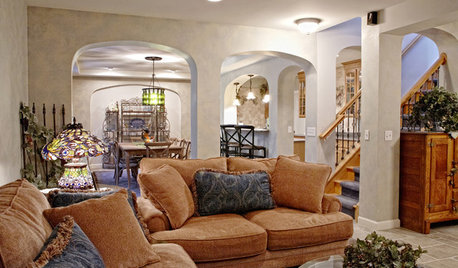
DECORATING GUIDESSet the Right Mood With the Right Lines
Soothe with curves or go straight-up efficient. Learn the effects of lines in rooms to get the feeing you’re after
Full Story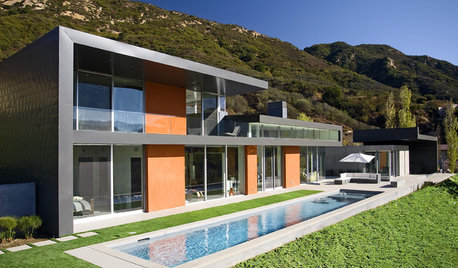
GARDENING AND LANDSCAPINGPool Design Flows From Home Lines
From straight to curvy to free form, here's how to design a pool that reflects your home inside and out
Full Story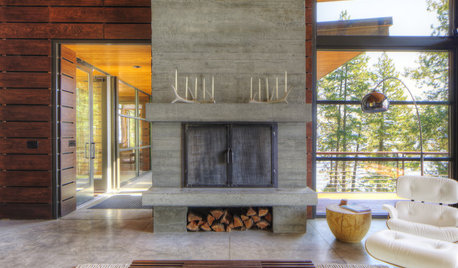
RUSTIC STYLEWhen Mother Nature Meets Your Modern Nature
Longing for a cabin feel that suits your modern tastes? Here are some ingredients for the perfect aesthetic blend
Full Story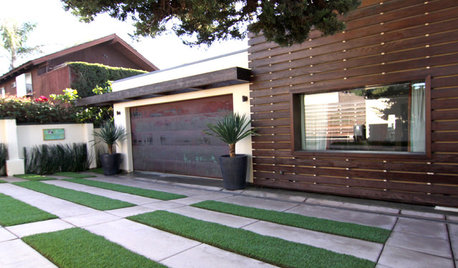
GARDENING AND LANDSCAPINGKeep Your Garden in Lines
Lines move through a landscape with power. See how this classic design element can energize and order your own garden
Full Story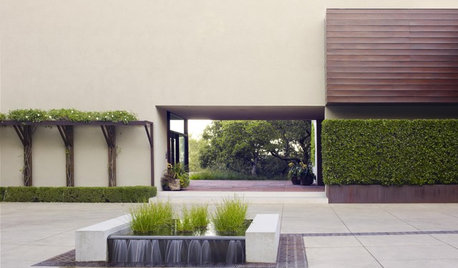
LANDSCAPE DESIGNGeometric Designs Keep Plants in Line
Structure your landscape with strips and blocks for simplicity and a crisp, contemporary look
Full Story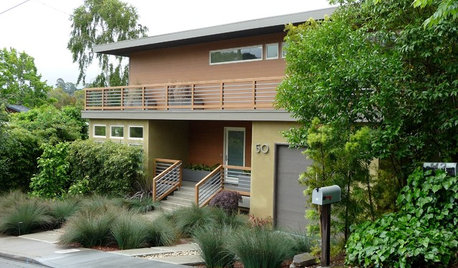
HOUZZ TOURSHouzz Tour: An Ecofriendly Family Home Gets in Line
Without any curved lines but with a wealth of energy-efficient features, this remodeled home in Northern California has plenty of appeal
Full Story






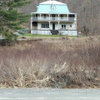

petzold6596
ankh
Related Professionals
Vernon Hills Landscape Architects & Landscape Designers · Chesapeake Ranch Estates Landscape Contractors · Lakeville Landscape Contractors · Saint Paul Landscape Contractors · Siloam Springs Landscape Contractors · South Lake Tahoe Landscape Contractors · Shorewood Decks, Patios & Outdoor Enclosures · Auburn Decks, Patios & Outdoor Enclosures · Lauderdale Lakes Decks, Patios & Outdoor Enclosures · Orland Park Decks, Patios & Outdoor Enclosures · Riverside Decks, Patios & Outdoor Enclosures · San Jose Decks, Patios & Outdoor Enclosures · South Milwaukee Decks, Patios & Outdoor Enclosures · Fallbrook Swimming Pool Builders · Rockwall Swimming Pool Builderswoodyoak zone 5 southern Ont., Canada
duluthinbloomz4
scraplolly
isabella__MA
petzold6596
bonsai_audge
Embothrium
bonsai_audge
catkim
isabella__MA
wellspring
scraplolly
woodyoak zone 5 southern Ont., Canada
inkognitoOriginal Author
petzold6596
scraplolly
timbu
wellspring
bonsai_audge
laag
inkognitoOriginal Author
laag